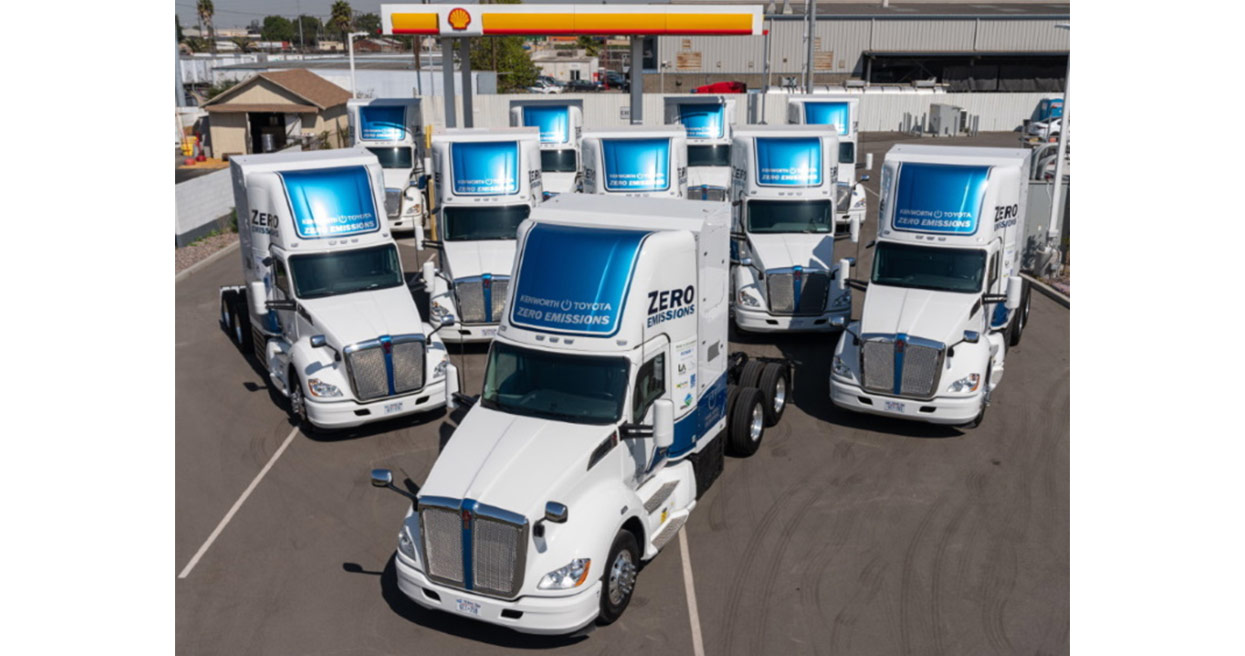Rerating Vehicle GVWR and GAWR: Important Considerations for Upfitting and Downrating
April 18, 2024 - 8:17:03 am

The National Truck Equipment Association (NTEA) receives frequent inquiries regarding the rerating of a commercial vehicle's Gross Vehicle Weight Rating (GVWR) and Gross Axle Weight Ratings (GAWRs). This information clarifies the process and potential consequences of altering these weight ratings.
Can a Used Vehicle Be Rerated?
Unfortunately, no. Certification and weight ratings are assigned only to new vehicles by the manufacturer during the initial build process. Once a vehicle is completed, titled, and registered, or sold to its first owner, the ability to re-certify and reassign ratings ceases. This applies in both the United States (as per a 2002 National Highway Traffic Safety Administration [NHTSA] interpretation) and Canada.
Why Can't Used Vehicles Be Rerated?
The National Highway Traffic Safety Administration (NHTSA) lacks regulations for certifying used vehicles, which is the process by which weight ratings are assigned. Additionally, companies that modify the original GVWR/GAWRs of a used vehicle could face significant liability issues.
How Are Vehicle Weight Ratings Determined?
The GVWR and GAWRs represent the maximum weight a new, completed vehicle and its individual axles can safely support while complying with regulations, meeting durability expectations, and adhering to manufacturer warranty guidelines.
Only the Original Equipment Manufacturer (OEM) possesses the knowledge of which components or limitations determine these ratings. Therefore, it's crucial to consult the chassis manufacturer to determine if weight rating changes are possible for a new vehicle.
Adding Axles to Increase GVWR: A Common Misconception
It's a common misconception that the GVWR must always equal the sum of the individual GAWRs. Even if additional axles are added to the chassis after it leaves the factory, the vehicle's braking system might not be able to handle a higher GVWR. Additionally, warranty coverage could be jeopardized by such modifications.
OEM incomplete vehicle documents (IVDs) often contain clauses prohibiting changes to the GVWR. This prevents intermediate, final-stage, or altered-stage manufacturers from using the OEM's IVD for certification purposes if the weight ratings are modified.
The only potential path forward involves a case-by-case analysis by the OEM. An engineering review and supporting documentation would be required to justify altering the original GVWR and/or GAWRs for a specific chassis. Otherwise, the responsibility of ensuring compliance with all applicable regulations falls on the intermediate, final-stage, or altered-stage manufacturer.
Lowering GVWR: Potential Challenges
Requests to derate (lower) the GVWR of a new vehicle also present potential issues for both manufacturers and motor carriers. It's not always possible, and careful consideration along with OEM guidance is crucial before attempting such a change.
Lowering the GVWR could subject the vehicle to a different set of, potentially more stringent, regulatory requirements. The intermediate, final-stage, or altered-stage manufacturer would then become solely responsible for ensuring compliance.
Furthermore, rerating a vehicle to a GVWR of 10,000 pounds or below necessitates proof that the modified vehicle meets various Canadian/Federal Motor Vehicle Safety Standard (C/FMVSS) crash test requirements, destructive tests, and dynamic tests. The company undertaking the GVWR change would be responsible for demonstrating compliance with all these standards.
By understanding these limitations, manufacturers and upfitters can make informed decisions regarding vehicle weight ratings and avoid potential complications.

